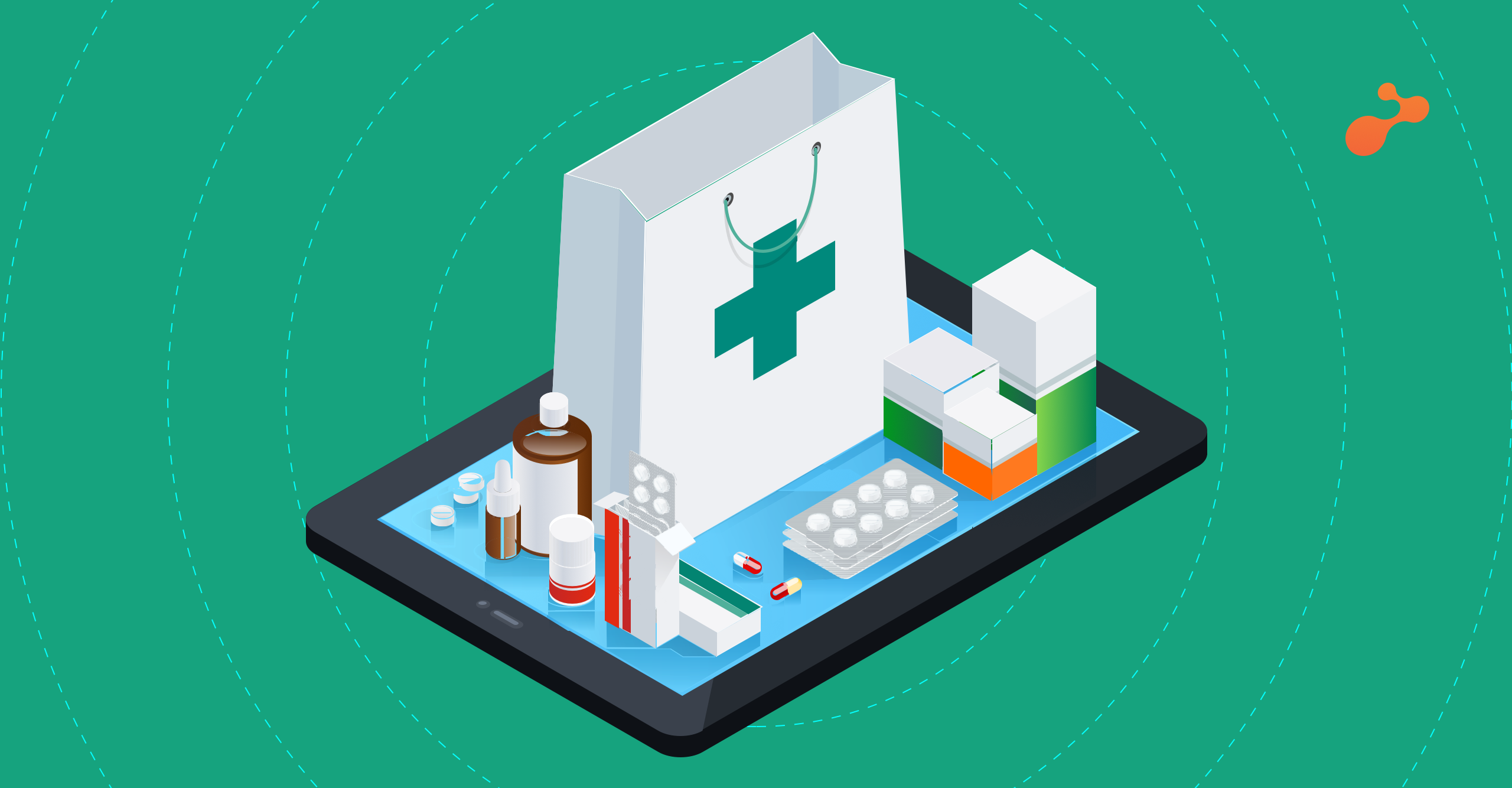I am Debanjan Purkayastha leading Healthcare Competency Center at e-Zest and this is my first post on Healthcare. Like many loyal healthcare professional I also think healthcare as a domain is having huge potential and can provide high returns on investment to the companies focusing in it.
When I joined e-Zest I was surprised to see that within a short span of time almost 30% of the business at e-Zest were coming from Healthcare sector. And the kind of project e-Zest had developed ranges from PMS (Practice Management Systems)/ HIMS (Healthcare Information Management System) to PDA based Point of Care (PoC) applications that are used in clinical trials. e-Zest being in healthcare from many years it is important to maintain the focus on core healthcare services and I feel great when I find an intelligent team that is highly motivated and is diligently doing the same.
However moving forward in Healthcare I feel the time has come where we should focus on services like web 2.0 and consumer driven collaborative models. Concepts like practitioner consumer networking and consumer driven collaborative model are in the rise.
When I say collaborative model I mean collaboration between consumers, doctors, hospitals, and insurers so that they may work together and provide better results in preventing and treating health problems. And when I say Consumer driven, I mean the patient as a consumer decides what data to be seen by doctors and other staff in a clinic. Undoubtedly the technologies that help create such platform are XML, Web services, and service-oriented architecture (SOA).
However for the success of Consumer Driven Collaborative model there are three essential components as described by Dennis Schmuland MD FAAFP, Director of Microsoft’s Health Plan Industry:-
- “There must be appropriate incentives—for patients to take responsibility for their own health and wellness, including lifestyle choices, and for physicians to focus on quality outcomes.
- Actionable information, programs, and tools must be within easy reach to help the consumer get healthy and stay healthy and help the physician deliver the highest-quality and most cost-effective care. Offering consumers incentives toward living a healthier lifestyle—including proper diet, exercise, and preventive medical care—won't be effective if information and trusted guidance about those lifestyle choices and cost-effective care is not readily accessible and easy to use within the context of their daily lives.Similarly, even with incentives to focus on long term wellness, physicians need complete information about patients' histories in order to better predict—and prevent—potential problems before they occur.
- Care and a common care plan must be coordinated among providers and the health coach, particularly when patients are seeing multiple physicians for different problems or procedures. For consumers to effectively make choices about providers and treatment options, they must be confident that the entire community with whom they are working will be able to collaborate in providing care.”

